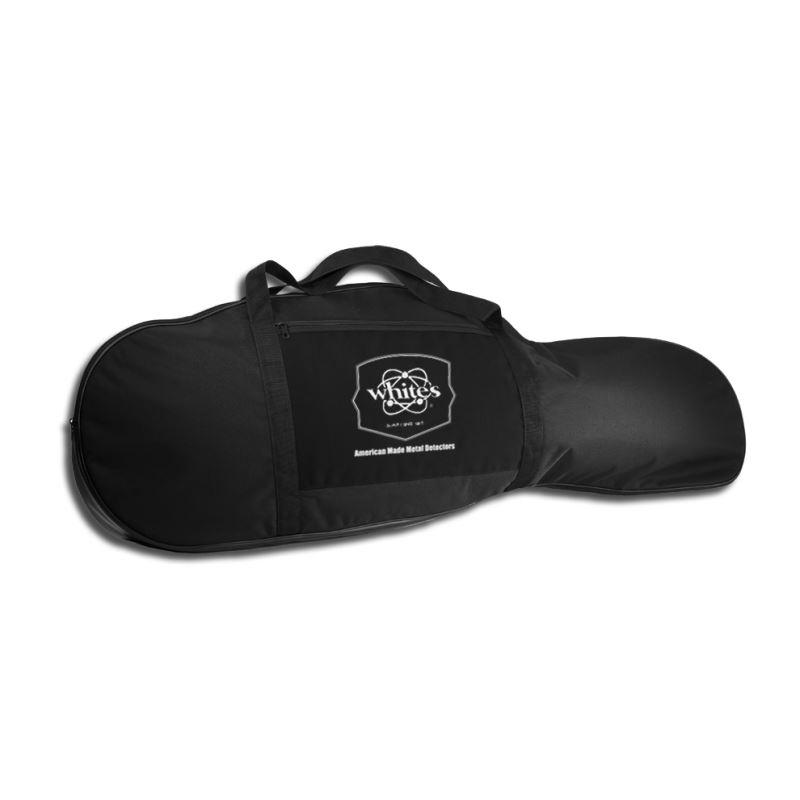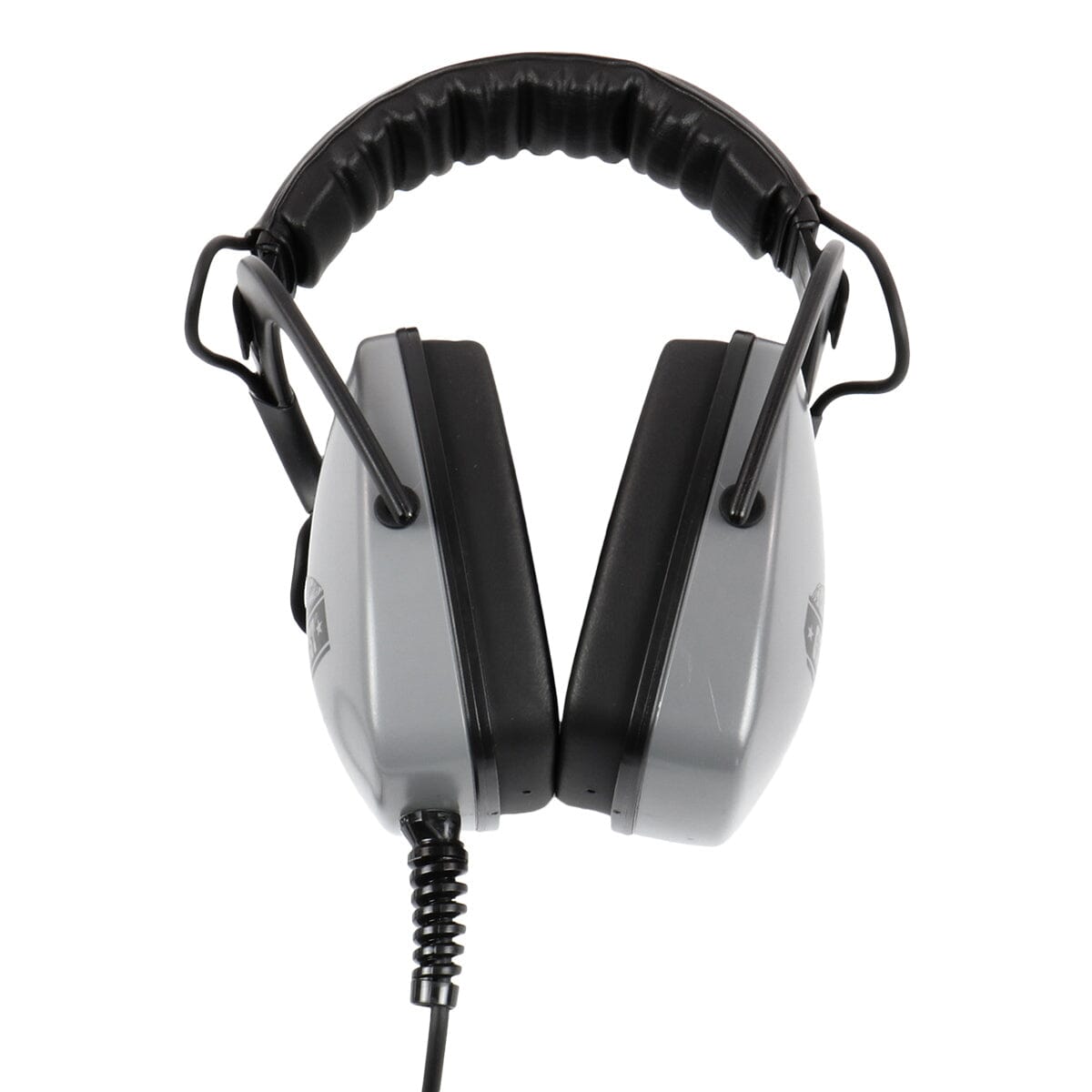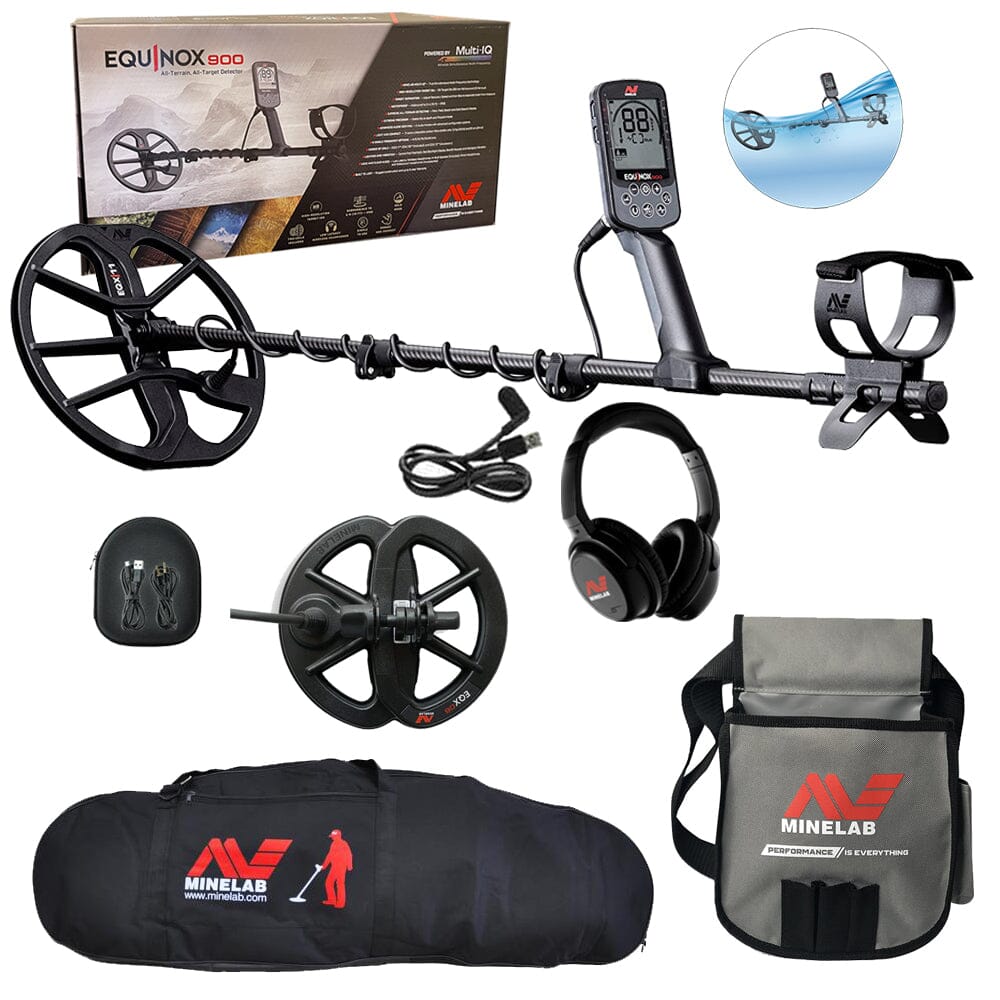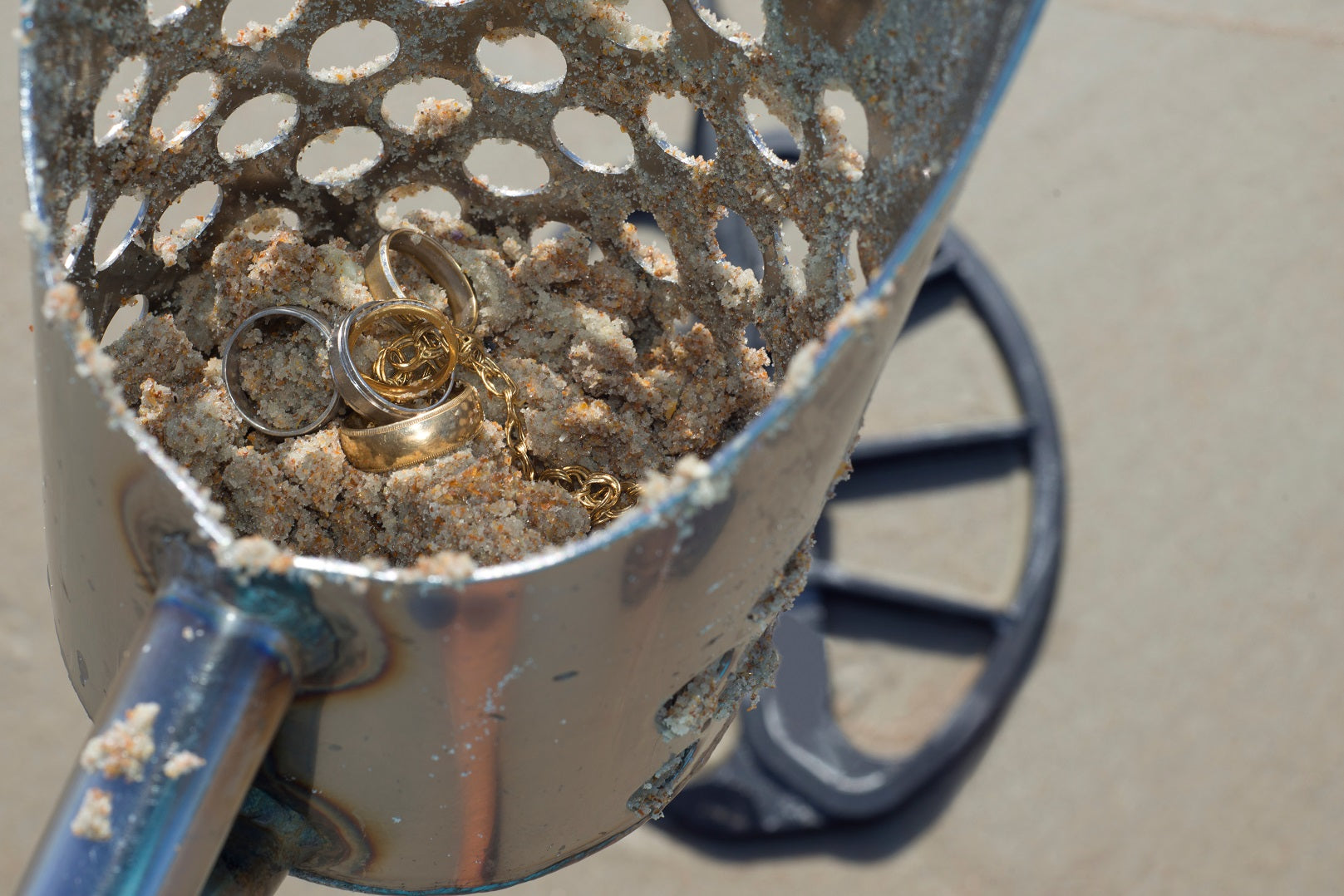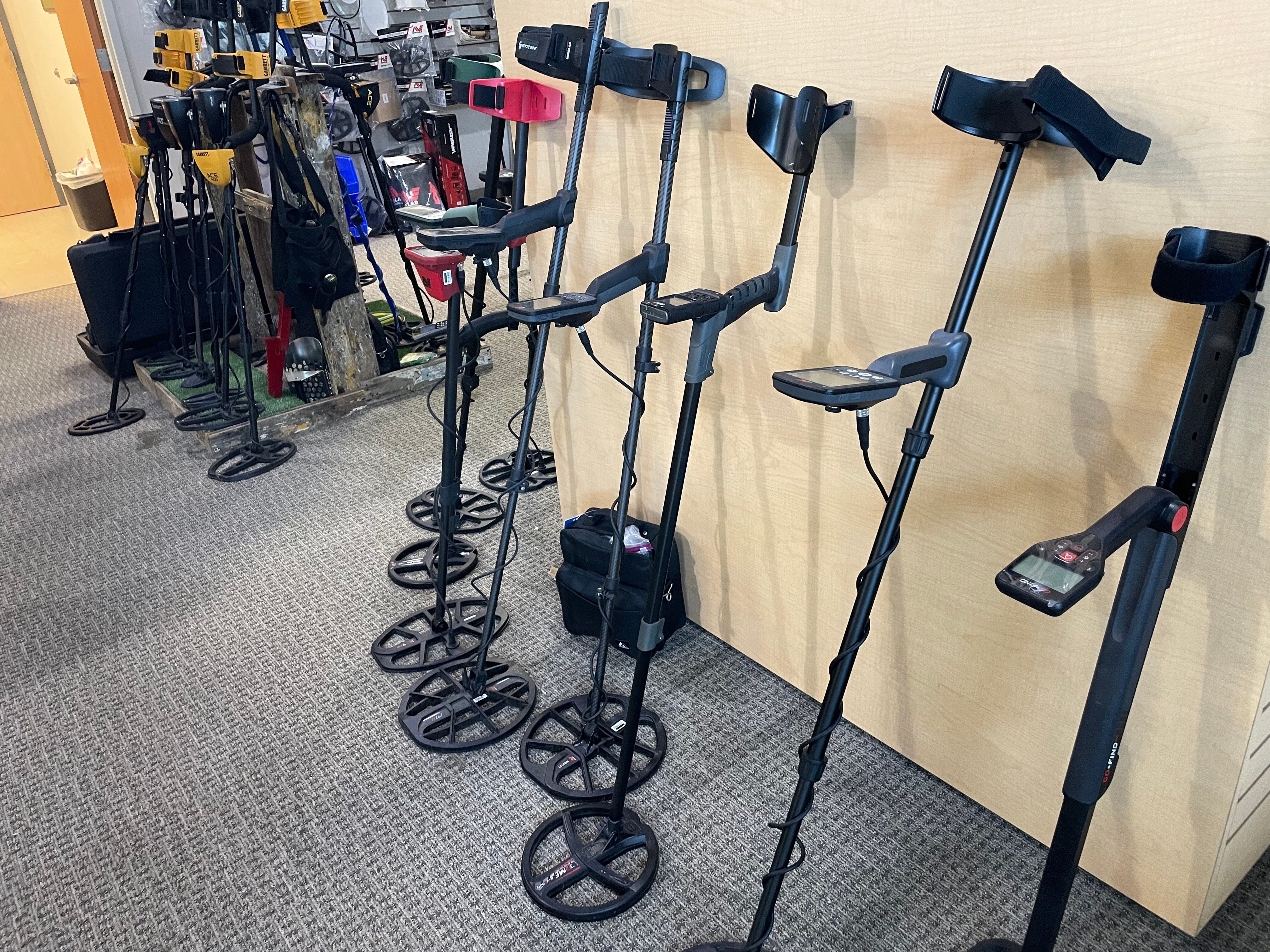FAQ: What does gold come up as on a metal detector?
Once again, I figured I would do a quick blog on a question that we get quite often: Where does gold ring up on a metal detector?
That is a tricky question. The reason is because gold objects, whether naturally occurring nuggets, or the various man made gold objects, range across the board on a metal detector much like you find with aluminum and other metals. It comes in all shapes and sizes just like aluminum. Gold, however, throws another curve ball at metal detectorists. It comes in a wide variety of alloys. For instance "white gold" is not pure gold. It is typically alloyed with another metal like nickle, zinc, palladium, or silver. So, the size and shape of the object matters but so does the alloy of the gold.
The Minelab Equinox 800 is a Great All Around Gold Metal Detector

Size and Shape of Gold and Target ID and Audio Tone When Metal Detecting

To explain why the size of the object matters, I will use the example of aluminum since that is the majority of the scrap metals we find when metal detecting. Notice that a small piece of aluminum (say a small piece of aluminum or foil) will typically display a lower target ID # and a lower audio tone on most metal detectors. While a large piece of aluminum (think aluminum bottle top) will give you a higher number target ID and a much louder sound. This will be very similar when it comes to gold with regards to size and shape.
A small earring will ring up similar to a tiny ball of foil. Same goes will a small piece of naturally occurring gold. A large men's ring, will show up higher - it will indicate closer to a coin reading. A medium sized gold ring like that found with most women's rings will show up in the middle. As you will notice on the display face of the Garrett ACE Series Metal detector shown below, there is a wide range where gold and rings show up on the indicator.
Notice, the primary location a gold ring will come up is right smack dab where pull tabs show up. Dig every single pull-tab you come across. If you don't, you will miss out on a lot of lost rings.
Alloy of Gold and The Reading on a Metal Detector
The alloy will determine how it shows on a metal detector. This is due to conductivity of the metal being detected. Which, is one of the main things a metal detector takes into consideration when displaying visual or audio cues to the user. For instance: If a piece of gold is alloyed with (or naturally occurs with) another metal, this will widely change where it shows up on a metal detector. This will affect the visual indication on the detector as well as the audio output. A large men's ring that is alloyed with silver will show up closer to where coins do and typically give you a higher pitched audio indication. A ring that is alloyed with nickel will show up on the lower end of the spectrum visually and typically give you a lower tone audio indication. This wide range is one thing that makes detecting gold so difficult.
The Kee Gold Tester is a proven way to determine the karat value ranges of your gold and platinum.
The Metal Detector DOES Matter When Metal Detecting for Gold
Metal detectors that gold prospectors use for finding told are typically much more advanced than what the average Joe uses to shoot for coins. This is because most naturally occurring gold is found in small pieces. Often they are simply looking for concentrations of gold. If they find a tiny piece of gold that can be detected with a metal detector, they know there is likely going to be some more gold in the area.
What sets these detectors apart from an intro model? Well first off they are more sensitive to small targets. This is partially because they operate at a much higher frequency (typically 40 kHz or more). You see, the higher the kHz, the better a detector is at finding small targets. They lose a little depth, but not too awful much. These high kHz metal detectors are great at finding the small gold pieces, such as earrings, pendants, children's jewelry, etc. They aren't necessary for finding larger rings, but sure do help you get the gold others are sure to miss.
The Fisher Gold Bug II Metal Detector is a gold slaying machine at a good price.
The Short and Skinny of Metal Detecting for Gold
Gold, since it is indicated by such a wide range of other metal objects, is missed by most metal detectorists. Especially when using inferior metal detectors. Since so many junk targets may possibly be a piece of gold and let's face it, a lot of people quickly get tired of digging trash (guilty as charged).
The first solution to this is getting a good metal detector and learn it well. The second is being selective with your metal detecting sites. Over the years I have found myself being more selective on the places I metal detect. I get invitations almost daily. But, unless a property site excites me, I typically pass. Why?
When I go to a site, say it is one of some historical significance, you can bet I will get really excited. Because in these early day settlements, you never know what you are going to find. You can find so many amazing, and potentially some very valuable, items. Even finding an old metal makeup compact or a locket from a 1700's historic event site can be a thrill. Like, how the hell did this get here? This exciting site may even be something like a beach or a private beach island or resort. One that is rarely, if ever, detected but frequented by ritzy, jewelry-wearing, people.
The third solution is; when you finally get to this miraculous dig site, DIG EVERYTHING. Since there will be a lot less trash to contend with and the potential for excellent gold targets of all shapes and sizes are possible, dig it all. The fact is, since gold shows up on a metal detector much like junk does, if you find a great site, it is not a waste of time to dig those junk items.
It is important to realizing that your rate of recovering objects from the ground is also crucial. Simply put, get good at recovering items quickly, dig more holes, and then retrieve the items from the ground quickly and move on the the next hole. As I have always said, "The guy who digs the most wins." - almost inevitably.
There is much more I could get into with regards to "iron masking" of good targets, slowing your swing speed, using your ears versus using the digital display, and so on. But we will save that for another day.
FAQ:
One of the most common questions we get is Does The Metal Detector Detect Gold? The answer is YES, they all do. Some do it better than others. Some detectors like the Minelab Gold Monster or GPZ 7000 are specifically designed to find small gold pieces (which most naturally occurring gold is). When it comes to finding gold rings, just about any metal detector will work. But you have to realize it is not the detector that makes the difference. It is the person doing the digging. You have to commit to digging foil, pull tabs, nickels, etc. If you don't you will certainly be missing out on gold.
I hope this clarifies the question for most people out there. Good luck and happy hunting!
Stay tuned to our blog for upcoming articles and episodes by following us on your favorite social media outlet to stay informed of releases:
YouTube: HighPlainsProspectors
Facebook: @highplainspropsectors
Instagram: #highplainsprospectors
Twitter: @HProspectors
Pinterest: @highplainspro0247
You Might Be Interested In
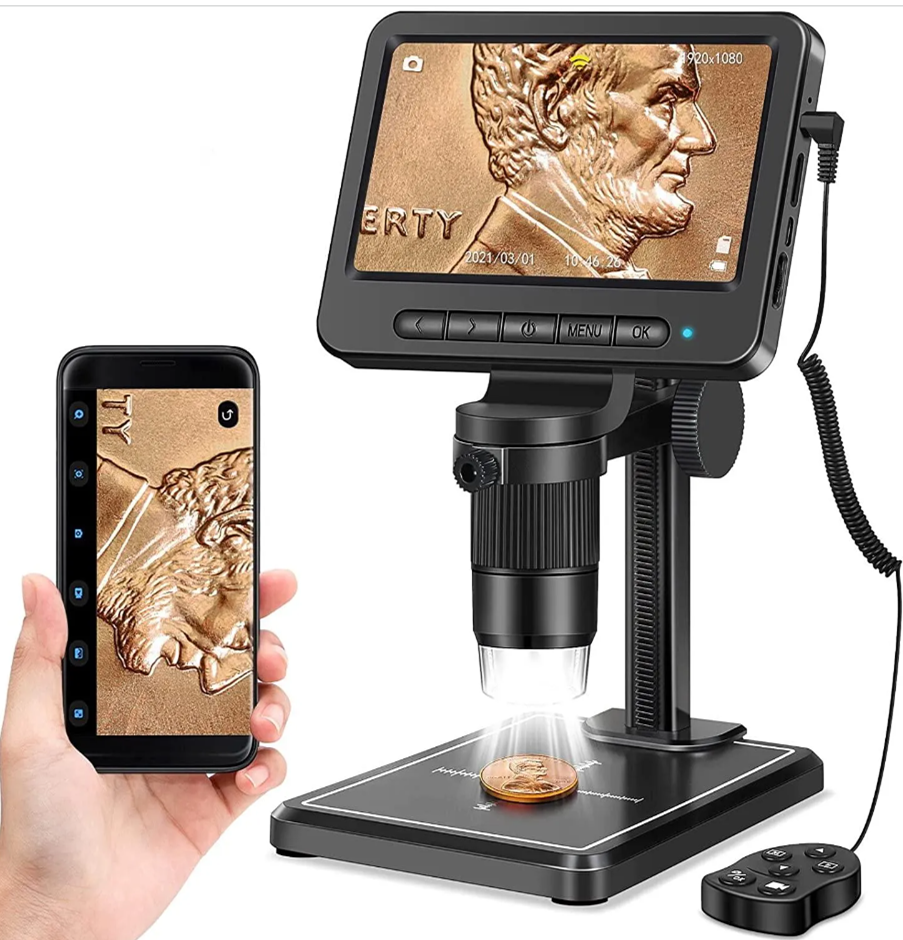
Coin & Relic Cleaning Supplies
Pair text with an image to focus on your chosen product, collection, or blog post. Add details on availability, style, or even provide a review.
- Choosing a selection results in a full page refresh.
